With last week’s news on Bright’s exit from the Individual Market, we’ve had some great conversations and reflections on the “First Wave” of Venture Capital (VC) backed health insurers (e.g., Oscar, Bright, Clover) and takeaways for the Next Wave.
Member Acquisition – Less is More
The biggest lesson learned from Wave 1, was the failure of a land grab, conquer the world member acquisition strategy. All first wave plans rapidly expanded into new geographies and product lines, paid top dollar broker commissions and aggressively priced / designed their products. The approach was relatively indiscriminate and designed to capture maximum membership ASAP. This accomplished the top line growth investors wanted but, as capital markets tightened, it exposed significant sustainability challenges on unit economics and operational effectiveness.
The new wave of plans seem to have internalized this lesson and are built to win members in more targeted, niche populations – (e.g., Clever Care, Evergreen, Angle, Taro Health). This focus should enable more efficient, sustainable growth in a capital constrained world.
Network – Narrow For the Win
The biggest area for replication from the first wave plans is network strategy. In launching a plan, one of the key barriers to entry is contracting a competitive network – why would a provider want to contract an upstart plan with no volume? Oscar and Bright showed that by building narrow networks around anchor health systems and ACOs they could offer differentiated products that met the needs of providers and consumers. For provider partners, they could pitch greater volume and diversification from BUCAs (Blue Cross, United, Cigna, Aetna). For members, they could pitch more affordable plans and access to brand name providers (e.g., Cleveland Clinic). Deep member orientation and investments in augmenting care delivery capabilities (e.g., virtual, at home) allowed First Wave plans to better engage members and smooth out potential frictions in narrower networks. It also gave them a seat at the negotiating table to broaden their networks over time.
Newer plans like Centivo are putting network design front and center and successfully competing in Commercials markets. For earlier stage plans, renting networks may be a convenient starting point. However, being in control of your network will help you unlock a new frontier of value and ability to drive the overall affordability, quality and marketability of your plan.
Plan Administration – Keeping up with the BUCAs
The biggest open question and likely determinant of long term success for upstart plans will be establishing efficient plan administration. Bright outsourced much of their plan administration and faced quality issues as a result (see $800m loss from mispaid claims). Oscar, on the other end of the spectrum, built the entire health plan administration “stack” themselves. This enabled amazing and highly differentiated experiences – Oscar members reading this will agree – but they paid the price in time and money, and an admin load they are still trying to rationalize.
For the new wave of startup plans to be successful, particularly with more measured growth and less operational scale, they’ll need to believe they can find admin partners who deliver quality and flexibility, at comparable PMPM costs as a scaled incumbent (i.e., Shopify for Health Plans)… No pressure, Flume.
Net net – the First Wave of insurers learned some hard lessons but paved the way for new entrants into health insurance. Heeding some of these lessons, we are optimistic the Next Wave will continue to innovate, increase competition and deliver better insurance options (pretty please).
—–
J2 Health is a cloud-based software solution that enables health organizations to build their best provider networks with focus and speed. Centralizing key access, performance, & marketability insights into one solution, J2 allows organizations to accomplish in seconds what previously took weeks. Contact us to learn more today!





